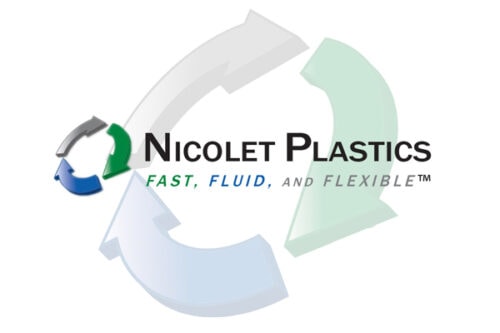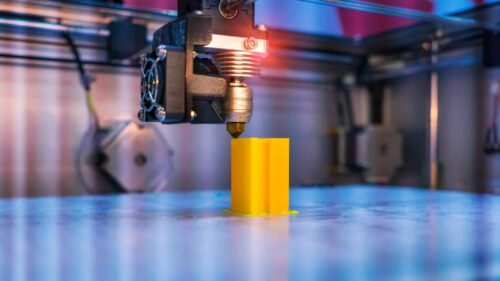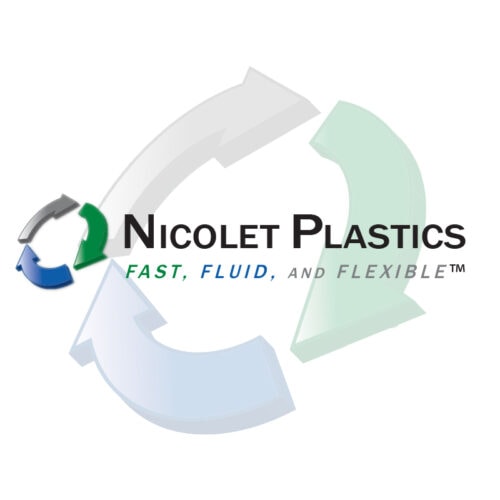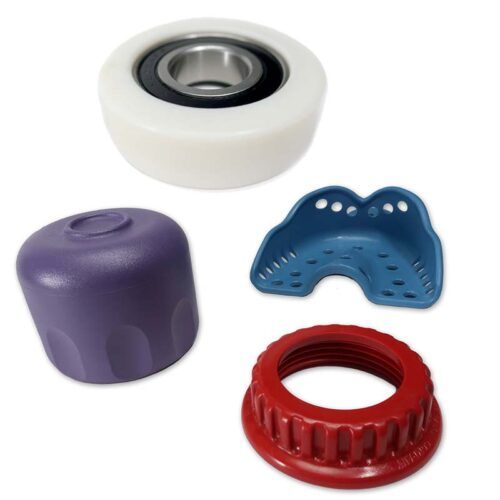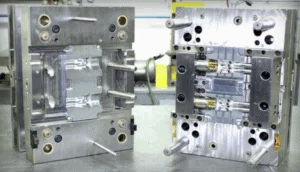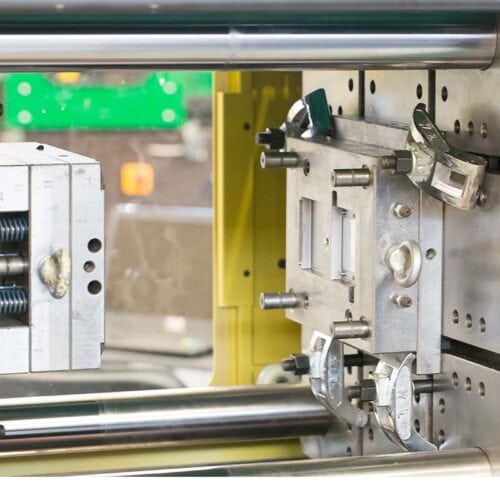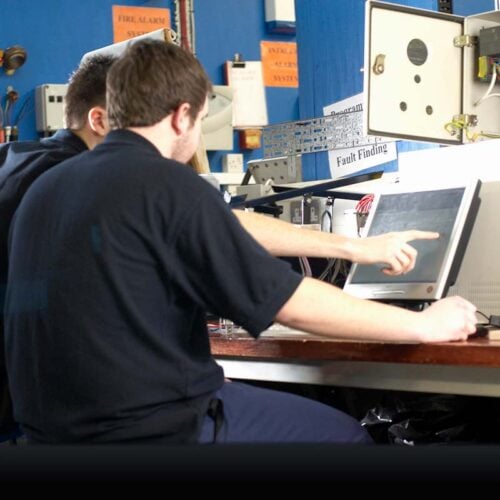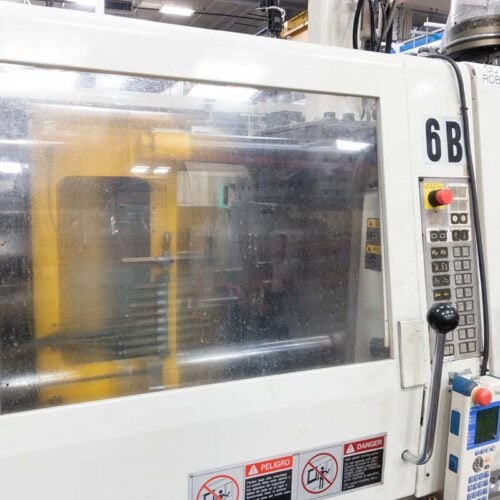It’s no secret that consistent injection mold maintenance plan can help your mold last longer, run with less interruptions and will ultimately save you time, money and frustration. Mold (or tool) maintenance, refers to the cleaning and repairs that are needed to keep an injection mold in the best working order. Maintenance should be performed routinely over the life of the mold, in addition to if any problems arise. What a lot of manufacturers don’t know is that mold maintenance is crucial because it affects the quality of the plastic component as well as the company’s project budget.
Even though molds and tools are critical assets to your company, many manufacturers overlook mold maintenance as a service when making sourcing decisions. In fact, how your injection molder maintains your molds is a critical aspect of a successful long-term relationship. Here are some important mold maintenance tips to consider:
What problems does mold neglect cause?
A well-designed injection mold is created to withstand natural wear and tear that may occur during use. However, even with a superior mold design, there are many stressors placed on a mold and unpredictable situations arise.
One of the major causes of internal and external stress on a mold is temperature fluctuation. If mold design does not allow for uniform cooling, a mold can expand and contract – causing stress-related weakness and may potentially crack.
Friction is another stressor and cause for a mold to breakdown. If the mold doesn’t open and close smoothly, it may cause too much stress when the two halves meet each other. There may then be issues with ejector pins not functioning properly. Additionally, the added fiction may cause increased heat that will eventually wear away critical parts – creating compromised areas of the mold.
Destruction of the mold itself is not the only concern related to mold neglect. There are also important factors to consider with the material that is injected into the mold. As a mold is used again and again to complete the process of making parts, small amounts of material residue can build up inside the mold cavities. Eventually, this residue can build up and ultimately affect the shape of the cavity (and the finished part).
What does injection mold maintenance include?
The best mold maintenance begins before the mold is made. The first step should be ensuring the mold design follows best practices to allow for uniform cooling and the lowest possible level of stress both internally and externally.
After the mold is created, your injection molder should facilitate regular inspection by checking runners and mold cavities as well as checking for corrosion. It is also important to create a schedule to plan for regular injection mold maintenance and keep a log to track each inspection.
What are the benefits of a mold that is properly maintained?
Regular monitoring of your mold is the key to producing high quality injection molded parts. The likelihood that you will catch an issue early (rather than when you are forced to address them) will be greater and will give you more time to remedy the situation.
An additional benefit is the cost savings that is realized with preventive mold maintenance. With proper implementation, the time investment for maintenance will rarely equal the costs associated with having to repair or replace a mold.
What is the role of your injection molder?
In addition to minimizing cost and risk, working with a knowledgeable and reliable injection molder can help you implement a mold maintenance plan that fits your needs. Your injection molder can also explain the benefits and limitations of your specific mold, while helping provide direction throughout the life of your mold.
What challenges are you facing regarding proper tool maintenance and getting the most life out of your injection mold?
To learn how Nicolet Plastics, Inc. supports our customers and protects your assets with preventive maintenance, please contact us.

